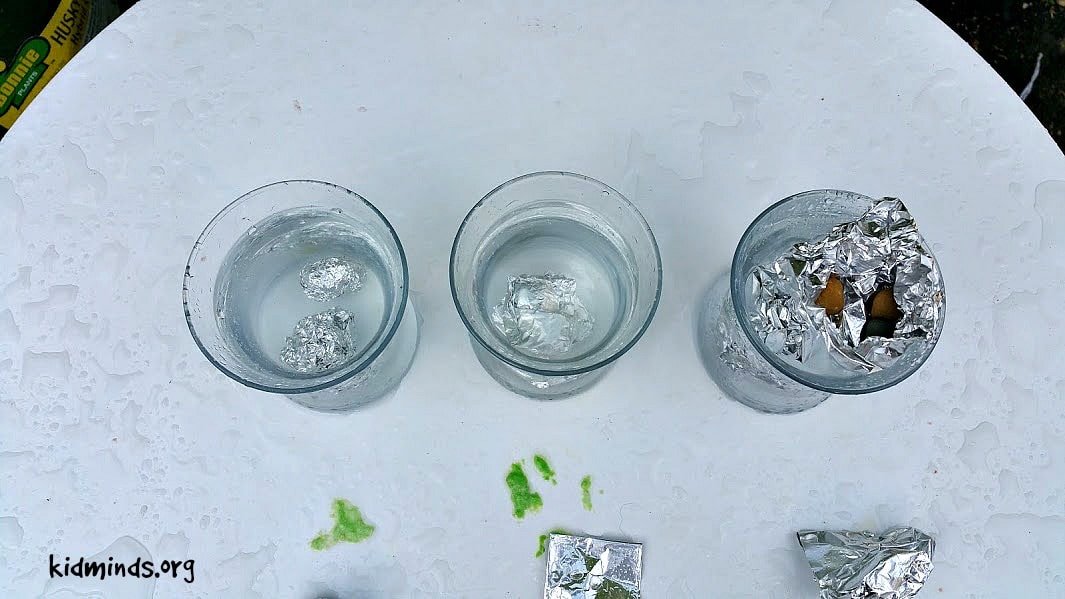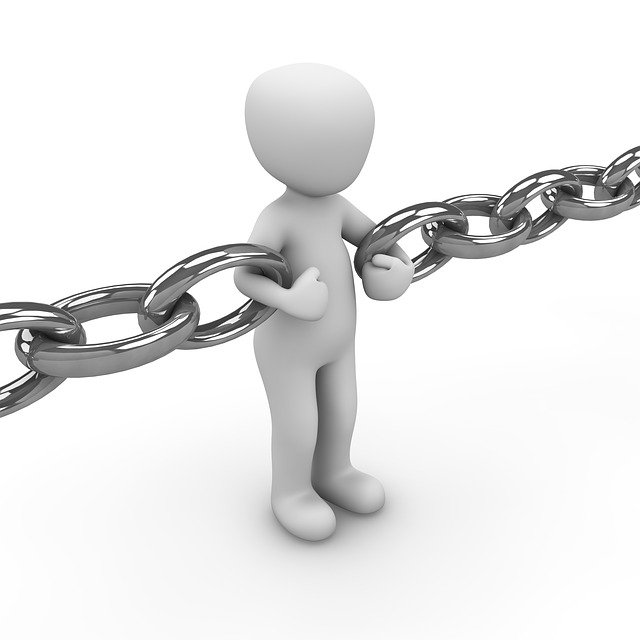Welcome to Forces Day One
These are your objectives for today:
| a. You will be able to explain that unsupported objects fall towards the Earth because of the force of gravity acting between the Earth and the falling object. |
| b. You will identify the effects of air resistance, water resistance and friction, that act between moving surfaces. |
Session One – Some Terminology.
Force – strength or power exerted upon an object
Gravity – the force of attraction by which terrestrial bodies tend to fall toward the center of the earth.
Resistance – the opposition offered by one thing, force, etc., to another.
Friction – surface resistance to relative motion, as of a body sliding or rolling; the rubbing of the surface of one body against that of another.
Shopping List:
- large pop bottles
- bicycle pump with needle end
- corks
- card
- paper / plastic cups
- plastic bottles
- pieces of wood or strong card
- material scraps for friction experiments: fabric, sand paper, rubber, carpet etc…
- toy cars
- aluminium foil
- small stones
- clear glass or plastic cups
- glue gun
- scissors and / or craft knife
Session Two – Force
Force – strength or power exerted upon an object
What are forces?
A force can be a push or a pull. For example, when you push open a door you have to apply a force to the door. You also have to apply a force to pull open a drawer.
You cannot see a force but often you can see what it does. When a force is exerted on an object, it can change the object’s:
- speed
- direction of movement
- shape (for example, an elastic band gets longer if you pull it)
Forces can be contact forces, where objects must touch each other to exert a force. Other forces are non-contact forces, where objects do not have to touch each other. These include:
- gravity
- magnetism
- forces due to static electricity
Isaac Newton
Sir Isaac Newton was an English mathematician, physicist, and astronomer who is widely recognised as one of the most influential scientists of all time.
Newton formulated the laws of motion.
First Law of Motion – The Law of Inertia.
“An object at rest will remain at rest unless acted on by an unbalanced force. An object in motion continues in motion with the same speed and in the same direction unless acted upon by an unbalanced force.”
Second Law of Motion.
“Acceleration is produced when a force acts on a mass. The greater the mass (of the object being accelerated) the greater the amount of force needed (to accelerate the object)”
Third Law of Motion.
“For every action there is an equal and opposite re-action.”
Inertia Experiment: Card & Coin
You’ll Need:
- Coins
- Small cups
- Cards (large enough to cover the mouth of the cup)
Follow These Steps:
Place your card over the top of the cup and put a coin in the center of the card. Try to slide the card to the side quickly and levelly. If this is done properly, the coin should fall into the cup instead of following the card.
This is because of the coin’s inertia. It is in one place and won’t move until an outside force acts upon it. The coin falls into the cup because gravity serves as an outside force and pulls it down.
Gravity Experiment: Third Law of Motion
“For every action there is an equal and opposite re-action.”
Newton Task:
Answer the following questions:
- Who was Sir Isaac Newton?
- What are the three rules of motion?
Session Three – Gravity
Gravity – the force of attraction by which terrestrial bodies tend to fall toward the center of the earth.
Gravity Experiment: Galileo’s Experiment
Named after the scientist who is popularly believed (though not verified) to have performed this experiment, it involves taking two objects of different sizes and weights and dropping them to see which one hits the ground first. As the Earth’s gravity affects objects at the same rate regardless of their weight, without air resistance the objects should hit the ground at the same time. Try this with different objects with varying weights and air resistance and observe its effects.
Gravity Experiment: The Hole in the Cup
For this experiment you need a paper cup and some water. Poke a hole in the cup and cover it with a finger; fill the cup with water. Take your finger from the hole and notice the water spills out. Though gravity pulls down both objects, only water moves freely (because you’re holding the cup); thus, gravity forces the water out. Fill the cup again and drop it to the ground. Now that both objects are free to move, they drop at the same speed so the water isn’t forced out of the hole.
Gravity Experiment: Bottle Drop
Following on from the ball and feather experiment another great example of Galileo’s discovery is to half fill one plastic bottle and leave another ( the same size ) empty. If dropped from the same height they will hit the ground at the same time!
Gravity Task: Explain that unsupported objects fall towards the Earth because of the force of gravity acting between the Earth and the falling object.
Answer the following questions:
- What is meant by gravity?
- How does gravity affect falling objects of different sizes and / or weights?
Session Four – Resistance
Resistance – You will identify the effects of air resistance, water resistance and friction, that act between moving surfaces.
Start at 21:50
Friction – You will identify the effects of air resistance, water resistance and friction, that act between moving surfaces.
What is Friction?
Exploring ramps and friction.
Friction can be two surfaces rubbing against one another. We experience this when we rub our hands together when they are cold. Friction is also the resistance an object meets when moving over another surface. The materials you attach to the ramps changed the surface of the ramp. Different cars will experience different amounts of friction when going down these ramps causing the cars to speed up or slow down some.
Friction Experiment: Car Ramps
Create three ramps from pieces of wood or strong card.
Cover two of these ramp with materials such as fabric, sand paper, or rubber.
Which ramps will enable the cars to go faster down the ramps?
Speed test three cars at the same time. How did your predictions play out?
Use the following recording sheet to record your experiment.
Force Meter
A force meter is a device comprising a hook and spring that measures force. The standard international unit of force is the newton.
Force is a push or pull measured in newtons, named after the scientist Isaac Newton. Force can alter the shape of an object. It can also change the direction of motion of an object, or increase or decrease its speed.
It is possible to measure force using a device called a force meter. The front of the force meter features markings that indicate the number of newtons. Running through the center of the device is a measuring section on a spring with a metal hook on the end.
Hanging an object on the hook of a force meter results in the spring stretching due to the pull of the force. If the object exerts a large amount of force, then the spring stretches a long distance. An experimenter can read the measurement of force from the markings on the meter.
Force Meter Experiment: The Block
Using the video above test the force of pulling a small block of wood across different surfaces.
- Find a block of wood which is small enough to measure the force with the force meter.
- Complete this recording sheet as you complete the experiment. You can cut and glue (with a glue gun) different materials onto the block after you have tested it on several different surfaces with just its wooden face.
Air Resistance
Air Resistance Experiment: Try it!
Try out the experiment in the video for yourself.
Water Resistance
When an object moves through the water, friction force slows it down it’s called water resistance.
If you live near a body of water you will have tried to run in the water. Is it easier to run in the water or on the shore? How does running in the water up to your waist compare with running in the water that is up to your ankles? Water is more resistant to movement than air.
Water Resistance Experiment: Aluminum Foil
Supplies needed
Glass cups/vases or jars
Aluminum foil
Stones
Stopwatch
Instructions
Fill the clear containers with an equal amount of water. Shape one piece of aluminum foil into a ball. Keep another piece flat. We added a third piece of the same size crumpled a bit, but not squeezed tightly into a ball. Use the Observation Sheet to make your predictions.

Put them all in the water and observe what happens. Next fold stones inside the aluminum foil pieces in many different ways to see, which combination will allow for fastest sinking time and what shape will float.

Two forces are at play in this experiment. Gravity is pulling things down in the water, while buoyancy pushes upward against gravity. Different objects behave differently in the water depending on their density. A crumpled ball of foil has more density because all of its weight concentrates in a small space. Our foil boat is spread out, less dense and therefore can float the objects that would normally sink on their own (i.e. stones).
Resistance Task: You will identify the effects of air resistance, water resistance and friction, that act between moving surfaces.
Answer the following questions:
- How does friction slow down a moving object?
- How does air resistance slow down a falling object?
- How does water resistance affect movement under water? (Use the words gravity and buoyancy).
Session Four – Wrap Up!
Collate all your observation sheets, explanations, and photos from the day.
Forces Quiz
Force is the strength or power exerted upon an object. Take this quiz to find out how much you know about the different aspects of force.

